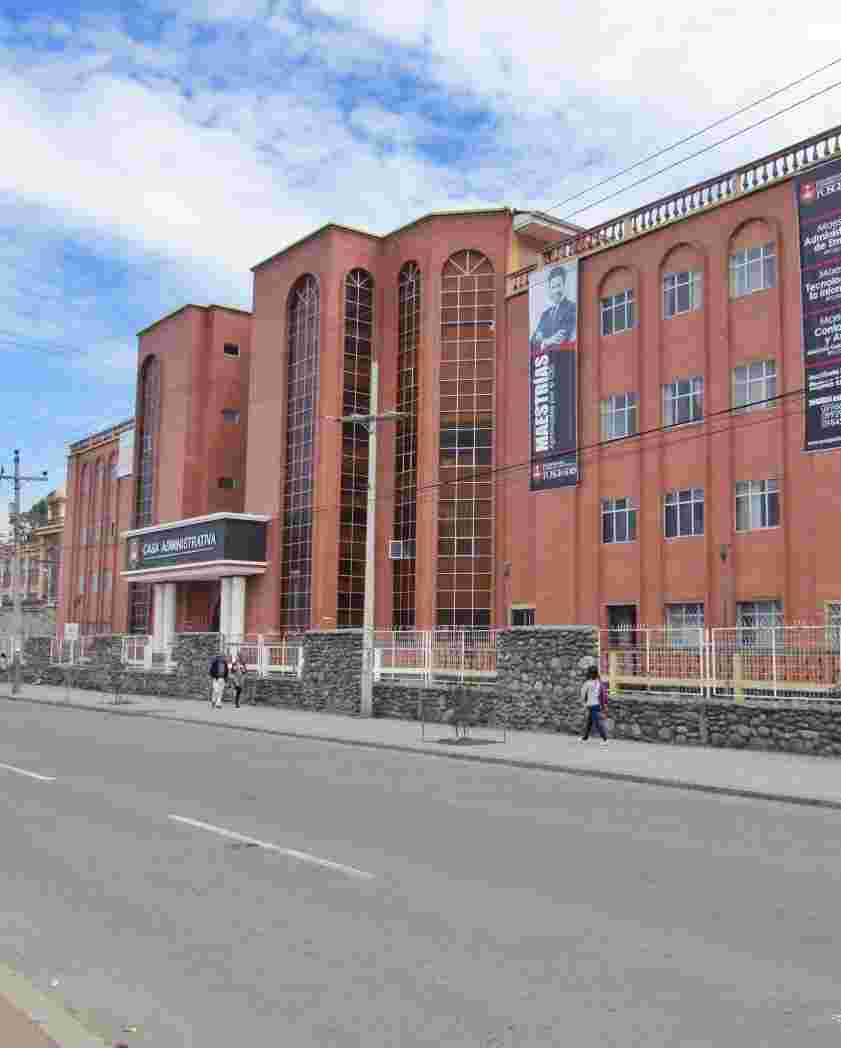Trabajos de Titulación - Extensión Cañar - Enfermería
URI permanente para esta colecciónhttps://dspace.ucacue.edu.ec/handle/ucacue/62
Examinar
Examinando Trabajos de Titulación - Extensión Cañar - Enfermería por Autor "030223757-3"
Mostrando 1 - 1 de 1
- Resultados por página
- Opciones de ordenación
Ítem Acceso Abierto Riesgos de embarazos en mujeres multíparas en el Eucuador: Una revisión sistemática(Universidad Católica de Cuenca, 2023) Camas Chabla, Mercy Jazmin; Alvarez Guamán, María Isabel; Pogyo, Marcia Verónica; 030235235-6; 030223757-3Introduction: Multiparous women with multiple partners are at increased risk of diseases during pregnancy, such as urinary tract infections, gestational diabetes, and hypertension, which can lead to complications that include preeclampsia, premature birth, and postpartum hemorrhage, raising the risk of maternal and neonatal morbimortality. Objective: To identify the risks of pregnancies in Ecuador in multiparous women. Method: The PRISMA method was utilized to develop the systematic review. Databases such as SciELO, Scopus, MedLine, and academic Google were used to obtain information. Eligibility criteria were established to find the most relevant studies. Results: Twenty-one relevant articles were selected according to specific criteria, which were classified into four categories to identify the principal risk factors for multiparous pregnancies in Ecuadorian women, including sociodemographic conditions, social inequality, gestational health care, and awareness. Conclusion: In Ecuador, multiparous women over 35 years of age have greater complications in pregnancy, childbirth, and postpartum, especially postpartum hemorrhage and premature birth; these cause irreversible damage to neonatal development. Preeclampsia was found to be an important cause of maternal death at a rate of 49.2 per every 100,000 births, especially in rural areas, due to poverty and lack of adequate prenatal care, factors that promote gestational risk complications. It is imperative to improve maternal health by effectively combining prenatal care, nutrition, and maternal education as appropriate interventions to help reduce morbidity and mortality. Keywords: risk factors, preeclampsia, prenatal controls.




